Ross Greenwood had the pleasure of speaking to Roger ahead of the Australian leg of his world tour, asking why they started the band.
Ross also spoke to Roger about new music streaming services and his new album Is This The Life We Really Want.
Ross Greenwood had the pleasure of speaking to Roger ahead of the Australian leg of his world tour, asking why they started the band.
Ross also spoke to Roger about new music streaming services and his new album Is This The Life We Really Want.
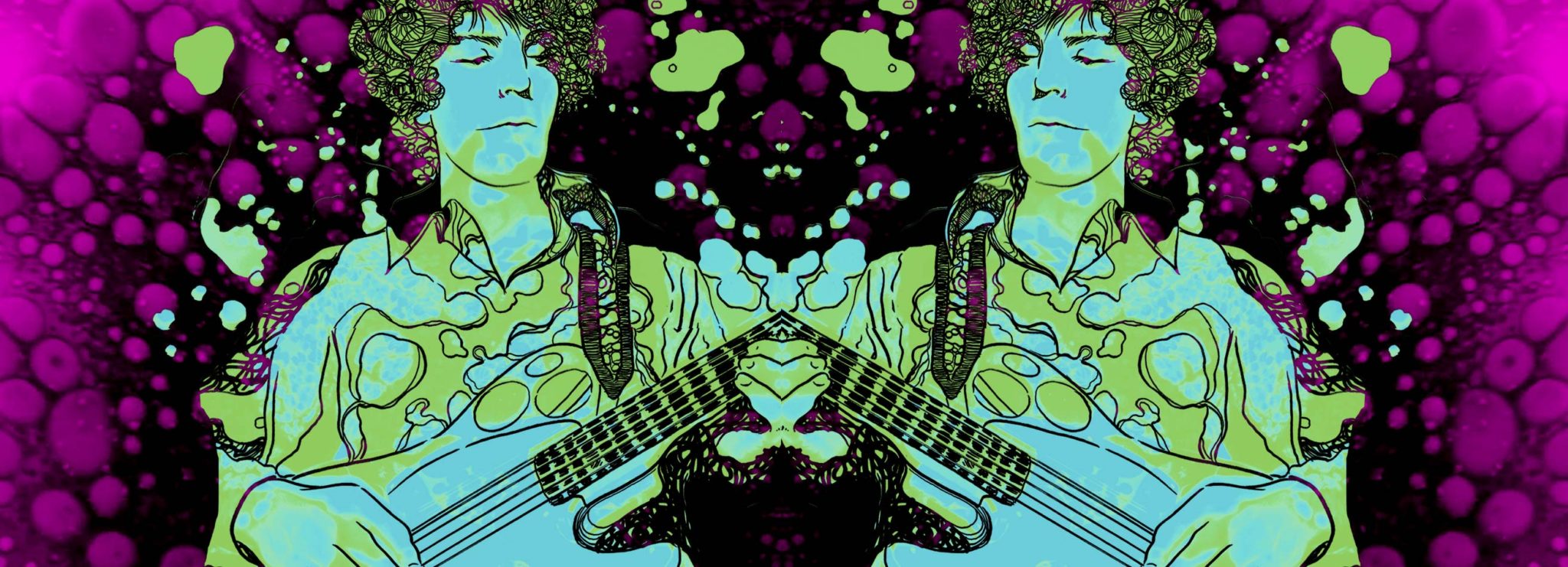 The original lead singer, songwriter and guitarist for Pink Floyd, Syd Barrett burst onto the London rock scene in the mid 1960s as a mysterious, charismatic and eccentric figure.
The original lead singer, songwriter and guitarist for Pink Floyd, Syd Barrett burst onto the London rock scene in the mid 1960s as a mysterious, charismatic and eccentric figure.
Widely celebrated as a visionary and influential songwriter who laid the groundwork for the psychedelic rock sound, as a guitarist, Barrett remains somewhat underappreciated. While he was never a virtuoso in the mold of Jeff Beck or Eric Clapton, he was a versatile and innovative player who accomplished pioneering work using dissonance, distortion and feedback.
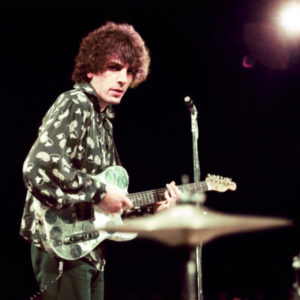 The electric guitar Barrett was most closely associated with was known as the “Mirror Disc Telecaster,” which is a misnomer, because for starters, it wasn’t a Telecaster. It was in fact a 1962 Esquire, and while the metal discs attached to it were reflective, they weren’t mirrors.
The electric guitar Barrett was most closely associated with was known as the “Mirror Disc Telecaster,” which is a misnomer, because for starters, it wasn’t a Telecaster. It was in fact a 1962 Esquire, and while the metal discs attached to it were reflective, they weren’t mirrors.
Barrett acquired the Esquire, which was originally white, in late 1965. Sometime in 1966 he had it shrink-wrapped in silver plastic film. The discs he attached to it were thin, polished silver metal plates that were in vogue in hippy London at the time; adorning everything from doors and walls, to jeans, dresses and floppy hats.
The Esquire’s cosmetic modifications made the it an important element of Pink Floyd’s otherworldly stage show, the discs reflecting the bubbling, psychedelic lights and projections back at the audience.
Apart from the visual enhancements, the only other mod to Barrett’s Esquire was a raised pickup, which fattened up the guitar’s tone. An early pioneer of creativity over technique, Barrett’s guitar work on Pink Floyd’s early singles and debut album, The Piper at the Gates of Dawn, was fairly basic, something the simplicity of the Esquire lent itself to nicely.
While some regard it as a poor man’s Tele, the Esquire actually has its own unique wiring. The lack of a neck pickup reduces magnetic pull on the strings. This gives the Esquire better harmonic overtones and helps create a more percussive attack, elements that can be heard in Barrett’s guitar work with Pink Floyd, which swings between between jangly and melodic to edgy, aggressive and near proto-punk.
Towards the end of 1967, Barrett acquired a white Telecaster (probably from the early ‘60s). Although he kept hold of his Esquire through the end of the sessions for the Floyd’s second album, A Saucerful of Secrets, he stopped using it live and typically played the white Tele at gigs.
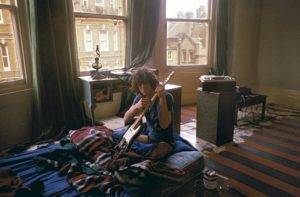 Although, by that time, spurred on by rampant LSD use and the pressures of coping with pop stardom, Barrett’s psychological troubles had accelerated and his appearances with the band were becoming increasingly infrequent.
Although, by that time, spurred on by rampant LSD use and the pressures of coping with pop stardom, Barrett’s psychological troubles had accelerated and his appearances with the band were becoming increasingly infrequent.
Somewhere in the middle of 1968, Barrett traded his beloved ’62 Esquire for a black Telecaster Custom. This would prove the last electric guitar he would ever own. He used it during his remaining time with Pink Floyd, on his two solo albums–1969’s The Madcap Laughs and 1970’s Barrett–and up until he withdrew from music and moved back to his mother’s house in Cambridge in the late 1970s.
So what became of the silver, reflective Esquire? Like Barrett himself, the guitar basically went missing. After it was traded in for the black Telecaster, it was basically lost to history, becoming yet another element of the mystery of how such a charismatic and visionary talent as Syd Barrett could’ve gone off the rails just at a time when he was poised to conquer the world.
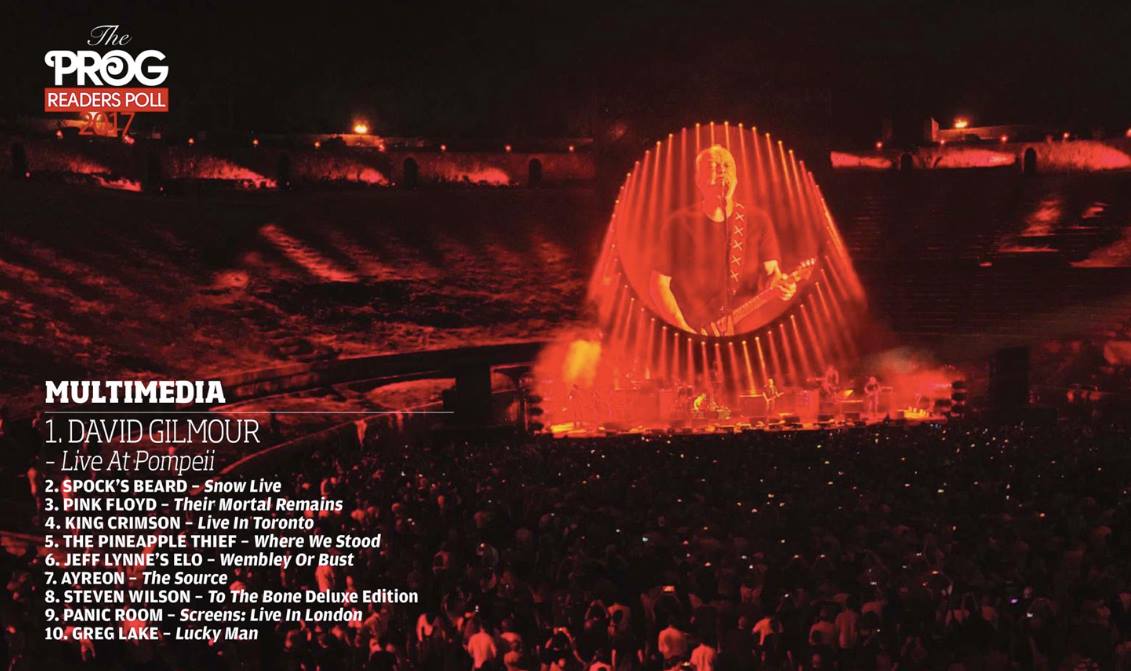
Recently Posted On David Gilmour’s Official Facebook Page
“Just been told that Live At Pompeii has been voted Best Multimedia Package of 2017 by the readers of Prog Magazine.
Thank you to everyone who voted.
– David”
 Hot off the press since his one off show in Switzerland last October as part of the International Comedy Club, Guy is back with a one off performance in Gloucestershire this March.
Hot off the press since his one off show in Switzerland last October as part of the International Comedy Club, Guy is back with a one off performance in Gloucestershire this March.
Guy Pratt has been a crucial member of the rhythm section of megastars such as Pink Floyd, David Gilmour, Robert Palmer, Roxy Music, Bryan Ferry, Jimmy Page, David Coverdale, Womack & Womack, and The Smiths.
And when he’s not been parading his talents live on the stages of every stadium, concert hall and festival around the world, he has been a favourite studio bassist and accompanying singer for the biggest recording artists including Switzerland’s Florian Ast, Madonna, Michael Jackson, Iggy Pop,The Pretenders, Echo and The Bunnymen and McFly.
His one man show is all about life at the pointy end of the music business; Guy regales audiences with stories from behind the scenes. His self-deprecating wit is irresistible and his rip-roaring anecdotes are brilliant and outrageous.
This is an evening which is both funny and frank with enough insider’s references to satisfy even aficionados – and he’ll be bringing his beloved vintage Fender bass to demonstrate his craft.
The show is taking place on the 9th March 2018, 8pm at the The Marshall Rooms, 27 Nelson Street, GL5 2HH Stroud, Gloucestershire
Tickets are now on sale now for the event, Which is priced at the very reasonable rate of £10 plus £1 booking fee.
You can purchase your tickets online for this performance by clicking here.
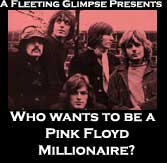 As part of our sites 20th aniversary we have decided to bring back one of the original games featured on our site when it was launched in 1998,
As part of our sites 20th aniversary we have decided to bring back one of the original games featured on our site when it was launched in 1998,
Back in the nineties the game was hugely popular and was a main attraction for alot of our visitors. Now in 2018 we thought it would be appropriate to bring it back in its original form.
(We have adapted it slightly to make it work on our new system, At the time of writing i can confirm it is compatible with IOS and Android Devices)